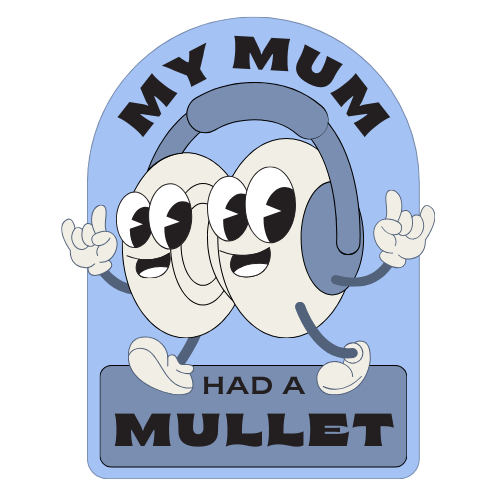Unwrapping Spotify Wrapped
The world’s biggest streaming platform is watching us. And we love it.
Every year, on the 1st of December, Spotify releases Spotify Wrapped. It shows statistics like how many minutes of music the user listened to and their top five artists and songs. Every year, this gets shared on social media a lot. A lot. It’s inescapable.
It feels like whatever is happening in the world at any given moment, we will take the time to post those cute little graphics on our story while peering into the private habits of our friends’ music taste. It feels like something we shouldn’t know, but it’s right there in front of us. It’s weirdly vulnerable and transparent, almost voyeuristic, and we’ve not just accepted surveillance but welcomed it with open arms.
We’re excited about Spotify tracking our every play. Evan Greer, director of the digital rights advocacy group Fight for the Future, tells WIRED that “Spotify has done an amazing job of marketing surveillance as fun and getting people to not only participate in their own surveillance but celebrate it and share it and brag about it to the world.”
And man, do we brag about it. In 2022 alone, it was shared 60 million times — and that doesn’t even count the screenshots (which Spotify doesn’t track). On Twitter (now known as X, unfortunately), there were 400 million posts about Spotify Wrapped in the first three days after it came out. On TikTok, the #SpotifyWrapped hashtag got 66.5 billion views in 2022. And it doesn’t show any sign of slowing down — if anything, it’ll most likely stick around for as long as Spotify exists.
“We use their service; they track our data and give it back to us so we can advertise their product for them.”
Spotify is, first and foremost, a corporation that wants to sell its product. Us sharing our Spotify Wrapped is free advertising for them. Alex Bodman, Spotify’s vice president and global executive creative director, tells Variety that they “started to realise that this was an incredible way to get (their) passionate users to shout from the rooftops around the brand”. It’s unsettling. Our music listening habits can be deeply personal, and they’ve wrapped up our data (no pun intended) in a nice little package that we sell for them.
It’s a bit twisted: we use their service; they track our data and give it back to us so we can advertise their product for them.
But it doesn’t stop there. It can also change how we listen to music. As the feature increases in popularity, we get a bit too hyper-aware of what we listen to. Maybe turn on a private session when you’re playing eternal sunshine, so you keep your cool guy image when December comes along.
The whole point of music is that we should just listen to what we like. And yet, it’s becoming another overly curated aspect of ourselves. It should be just a fun, intimate moment to listen to things that genuinely resonate with us. But we know that Spotify is watching, and we know that any moment December will be here, and maybe we’ll be a bit embarrassed when all our top 5 songs are from HIT ME HARD AND SOFT. And I am definitely not speaking from experience here…
As Kelly Pau tells Vox, "Our online selves are still an extension of ourselves; it’s not not a version of personhood. At the same time, it’s a version that is inherently manufactured and performative." It’s a commodification of not just music itself but our listening habits. It’s now not just the music being sold but the attention we pay to others’ listening habits.
“It’s a commodification of not just music itself but our listening habits.”
And it works. Every year, I get excited to see how many minutes I listened, who was my top artist, and what was my top song. I check the statistics over and over again, disappointed that my minutes are a measly 29k, and not 80k like when I was in university. I revisit my year in music, and as a music fan first and a human second, I admit that’s really fun.
It’s just the month or so before the data comes out that I have this little bell going off in my head telling me that I’m being tracked, and maybe the song I wanted to play isn’t what I want to be in my data. Which ruins a lot of the experience of listening to music, because how do I know, even in myself, if I’m genuinely enjoying this song? Am I playing it for the data, or do I really like it? Or both? Or neither?
And yet, none of this thinking should be happening when all I wanted was to enjoy some music.
Spotify Wrapped blurs the lines between private and public enjoyment of music. It’s digging its way into our music choices, mining our data, and using us for free advertising.
And we’re all loving it.

